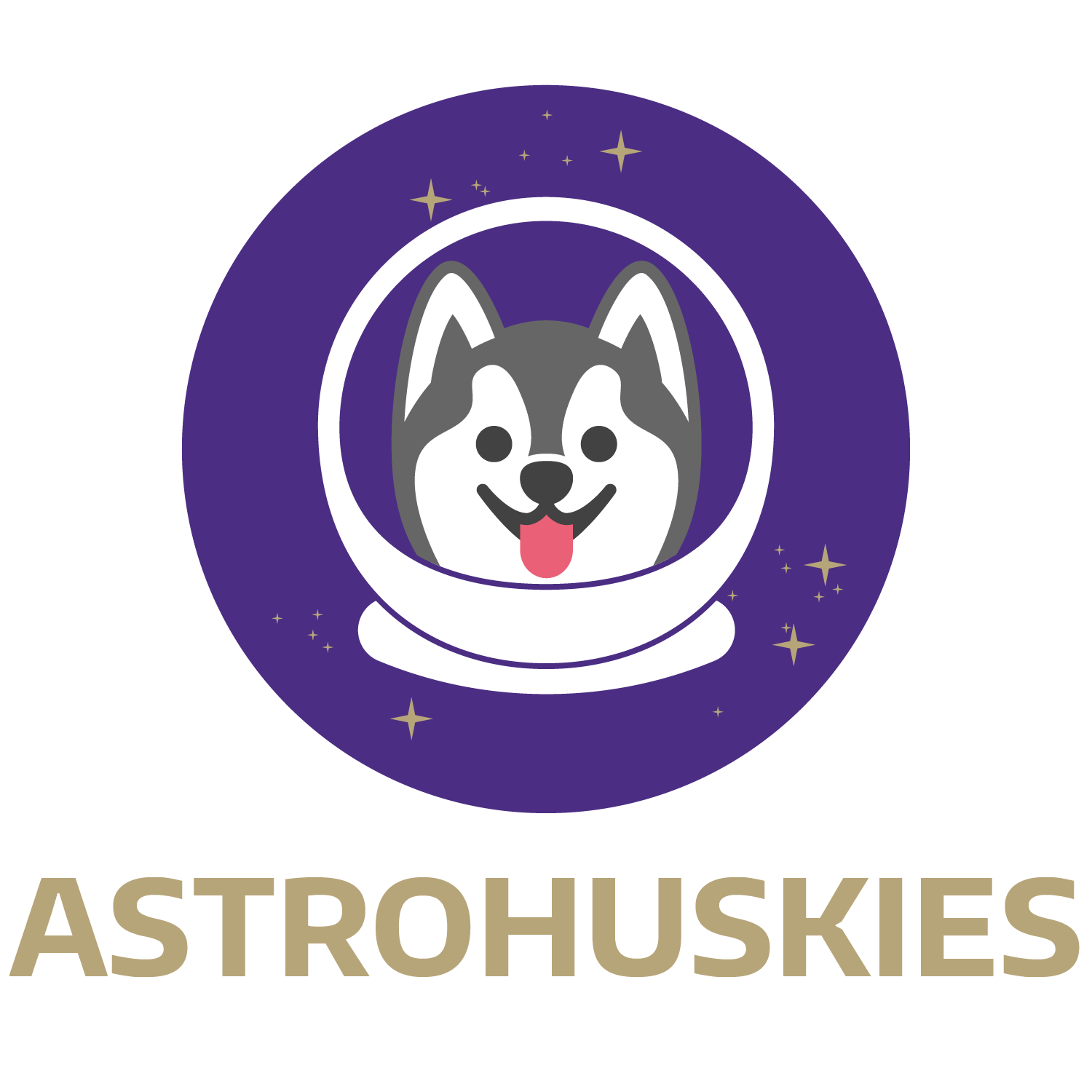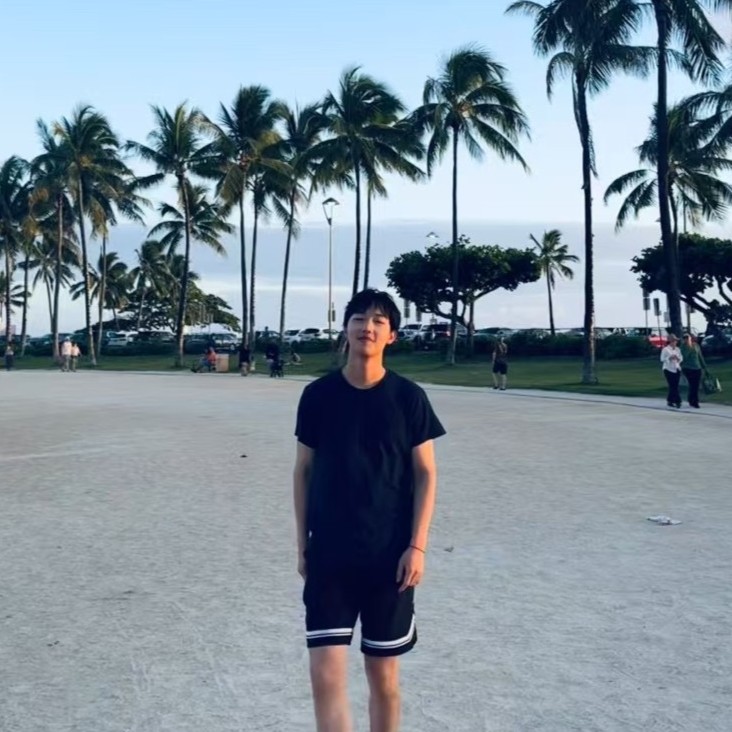Nasa Suit Challenge 2023
The NASA SUITS program invites students to design AR interfaces for spacesuits, aligning with NASA’s goals for the Artemis mission and the need for advanced technologies to support lunar exploration.
Team Formation and Preparation
In June 2022, under the supervision and organization of John Akers from UW Reality Lab, I and another UW CSE student, Evan Zhao, joined the project, and formed the initial team along with Sanjit Singh. Our early tasks involved reading past publications, familiarizing ourselves with Unity and MRTK development environments, and studying previous projects for better understanding and improvement. On September 15th, after NASA released specific mission details, Kelly Frost Davis and HaiChao Wang, master’s students from UW Human Computer Interaction & Design, joined our team. Together, under the guidance of Professor Ira Kemelmacher-Shlizerman, we completed and submitted Team Proposals. These proposals detailed our understanding of each task, our envisioned final product, the user testing process, reachout events, and the establishment of our team name, UW Astrohuskies. 
Within the team, my role was the Development Team Leader.
Collaboration and Project Development
Upon receiving the Acceptance letter from NASA on December 8th, 2022, we collaborated with several UW Aeronautics and Astronautics Department students to work on the overall project development. The project involved designing an Augmented Reality (AR) application for the Microsoft HoloLens 2, to be overlaid within a spacesuit visor.

The objective was to assist astronauts during Extravehicular Activities (EVAs) conducted in outer space environments like the Moon and Mars. As part of the University of Washington (UW) Astrohuskies team, we focused on specific tasks such as egress procedures, geological scans of rocks, autonomous rover (ROVER) navigation, and navigating the astronaut back to the home base. Our design underwent three phases of user testing and was evaluated by NASA engineers during the Houston Test Week at Johnson Space Center.
Final Test Week and Project Outcome
In May 2023, we participated in the final test week held in Houston. The UW Astrohuskies team attended the event to showcase our AR application and demonstrate its capabilities.
Throughout the NASA SUITS challenge, the team was successful in developing a simple and user-friendly design, as seen through user pilot testing at UW and Houston Test Week at JSC. Although the application effectively performed all essential features, further testing in dark settings is required for optimal performance. During the test site activities after dusk, the crew recognized the difficulty of HoloLens tracking difficulties in low-light situations. To address this issue, the team intends to investigate options such as integrating bright LED light strips to illuminate the user’s surroundings and aid in accurate location tracking.
Aside from successfully implementing fundamental functionality, the team undertook substantial research and development on the Geological Scanning module. This feature made use of computer vision techniques to scan the user’s immediate surroundings and find areas of interest based on user-defined characteristics. Although it has not been fully integrated into the final product, the team acknowledges its potential and intends to further improve and incorporate it into the Primary Interface in future revisions.

In the future, the team plans to move its focus from NASA partnership to an industry-sponsored research collaboration via the UW Reality Lab. This change may result in the application being repurposed from an astronaut visor application to an aircraft pilot application, subject to confirmation and exploration by the upcoming team. This shift represents an excellent chance to move the project forward and pursue industry-sponsored research opportunities.
Overall, the team’s commitment to user-centered design, continuous refinement, and research-driven development has resulted in considerable progress throughout the NASA SUITS challenge, laying the path for future growth and improvements.
